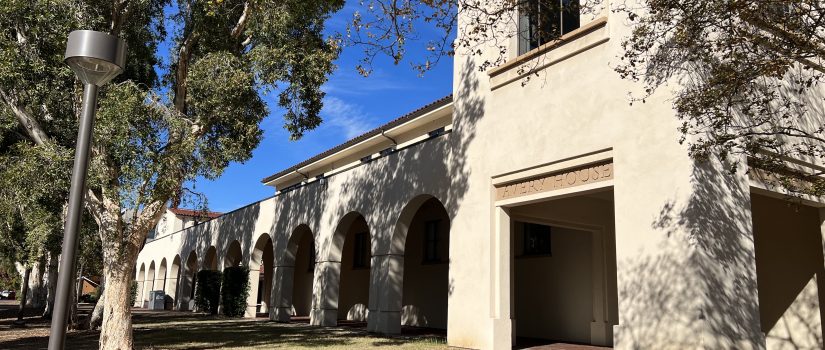Getting To Know: Caltech
I recently attended a virtual counselors briefing for Caltech. It inspired me to learn more about this very special school through research and student-produced YouTubes. I gathered a few photos on Pinterest and will drop some other photos in this post. I want to thank my friends, Linda Jang and Donna Lewis Sakabu, for sharing these photos with me. Caltech also has a rich architectural history, well worthy of touring.
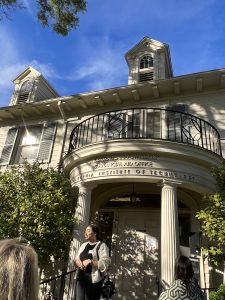
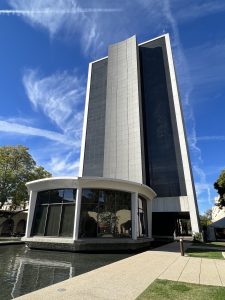
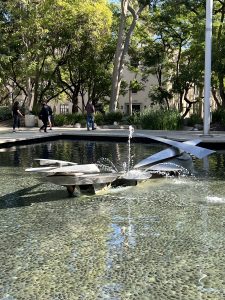
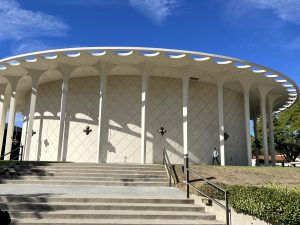
With only 2,400 students total, Caltech is by far the smallest school in the research-oriented Association of American Universities. It is also very well represented in fiction.
This school is no stranger to movie and television productions. Before attending the virtual briefing I knew of Caltech as a fan of the Big Bang Theory sitcom. Caltech employed Drs. Sheldon Cooper, Leonard Hoftstader and Ragesh Koothrappali as research physicists and Howard Wolowitz as an aerospace engineer. Sheldon, the prodigy played by Jim Parsons, earned at least one of his PhDs from CalTech. Dr. Reed Richards, scientist and leader of Marvel’s Fantastic Four, is also a Caltech alum in fiction.
However, a sampling of real Caltech alumni aka ‘Beavers’, is more impressive. It would be unfair for me to single out alums, so it’s better to click the link and see a list for yourself.
Caltech is test free-and will make the experience affordable-but rigor is demanded.
Their admissions office explains this much better that I can.
Caltech is looking for students with incredible potential in STEM. Potential. There is no prescribed way of getting into Caltech. You don’t have to have scientific research or get a Nobel at 12; read more about what you should do to prepare for Caltech.
I also recommend reading, What We Look For, on their site.
This year’s essays show me that you must not only be academically prepared for Caltech; you must also be prepared to ask yourself: Why this school? The admissions process is not an easy journey, even when compared against other ultra-selective colleges, and neither is the journey to other small STEM-focused schools such as Cooper Union, Harvey Mudd or Olin. Among these schools Cooper Union is the only one that I have visited in person. While the location is dramatically different between New York City and Pasadena, you have to visit to get to know the campus culture, and to be sure that you want to apply.
Caltech uses Restrictive Early Action instead of Early Decision.
There are some restrictions on other schools where you can apply that you should read before you commit to CalTech as your first choice. However, Restrictive Early Action admission is non-binding. Accepted students can wait until May 1st and consider all of their college options.
Cost-conscious families should not be afraid to apply to Caltech.
CalTech meets 100% of need. On average, the Class of 2025 received a need-based scholarship of over $60,000. Less than 30 percent of the 2021 graduates needed to borrow. Their average student loan debt was just under $17,000. That’s $10,000 less than the maximum a student may borrow through the Federal Student Loan Program.
Caltech is for serious scientist/engineers, but students do not need to study science or engineering.
CalTech calls majors “options” because students have the option to literally design their education. Engineering, science, business and liberal arts majors fall under one administration at CalTech. But CalTech also has a rigorous Core Curriculum that everyone must take before choosing a major and minors.
Caltech is considered against MIT, but it’s a much smaller school.
It has only 900 undergrads versus over 4,600 enrolled at MIT. Caltech also has about 1,500 graduate students. MIT has over 7,000. Yet Caltech’s physical campus is not much smaller (124 acres vs. 138). Caltech will definitely feel like the less crowded school. It is also much more suburban, though the campus is only 11 miles from Los Angeles, America’s second-largest city. I went into Google driving directions to see how long the drive would take at noon Pacific Time and saw that it would take less than a half hour. However, I have done the drive from LAX to Pasadena at rush hour in my past life and hope to never do it again.
MIT and Caltech offer undergraduate research opportunities, though CalTech is in a better position to offer a generous summer fellowship opportunity to virtually every undergrad. The student-faculty ratio, where professors (not teaching assistants) teach students, is 3 to 1 at both schools. Both schools call their D-3 athletic teams the Beavers and conceive their own pranks. But you won’t see a beaver, aka ‘Brass Rat’, on a Caltech class ring.
Caltech and MIT have similar first-year, first-semester grading practices, though the second semester practices are different.
The first semester is pass-fail at both schools. Caltech is pass-fail for the second semester as well. MIT lets second-semester freshmen choose Flexible Pass/No Record grading if they fear the move to A,B,C, No Record Grading. To me, the idea behind these grading practices is to think more about adjusting to a more demanding workload in the transition from high school to college, without having to worry about grades. It also leads students to find friends, faculty and staff who can help them through their struggles. The small size of this school means that professors, even Nobel Laureates, will be more accessible, and hopefully more approachable than they would be at a larger school. If you can get into either school you can do the work. Ninety-nine percent of the freshmen who entered CalTech in 2019, the pandemic year, returned for their sophomore year.
Caltech and MIT have strong cultures of collaboration, but Caltech takes it a step further with the house system.
Incoming freshmen will move in, then rotate to visit and interact in the different houses over two weeks. Their housing assignment comes at the end. While students do not need to affiliate with a house, they appear to be the social centers for the campus community. If you are a graduate of a school such as Bronx Science, which has 750 high school seniors, you might feel that a smaller school is just right, especially if it emphasizes collaboration. On the other, hand, there are eight houses with 100 to 125 members each. It’s quite easy for everyone to know each other’s business. Those who are uncomfortable about that might prefer a larger school. There’s Greek social life at MIT, but not at Caltech.
Conclusions
I cannot imagine a better place for an exceptionally motivated STEM student than Caltech, though MIT students or alumni are likely to disagree. There are more distractions at a larger and/or more urban school.
This is a place where an open-minded student can get what they should get from a college education: a degree, direction towards a future, and a network of friends, faculty, staff and alumni who will be with them for life. There’s also an inclusive spirit to this place through the houses and events that is hard to find at other schools, even those that combine spirit with a successful athletic program. Real-life Sheldon Cooper personalities should not apply.
Report Card: Caltech
- Four-Year/Six-Year Graduation Rates: A/A
- Freshman Retention (at present): A
- Costs: A
- Curriculum: A
- Community: A
- Comforts: A
- Connections: A
Want to know more about me?
Buy my new book, The Good College!
Listen to my latest interview on ‘Tests and the Rest’ with Amy Seeley and Mike Bergin!
Listen to my talk, What Exactly Is a Good College? hosted by test-prep experts Amy Seeley and Mike Bergin on Tests And The Rest!
Listen to my talk, College Is A Learning AND Living Community hosted by Dr. Cynthia Colon from Destination YOUniversity on Voice of America Radio!
Sharing is caring!

